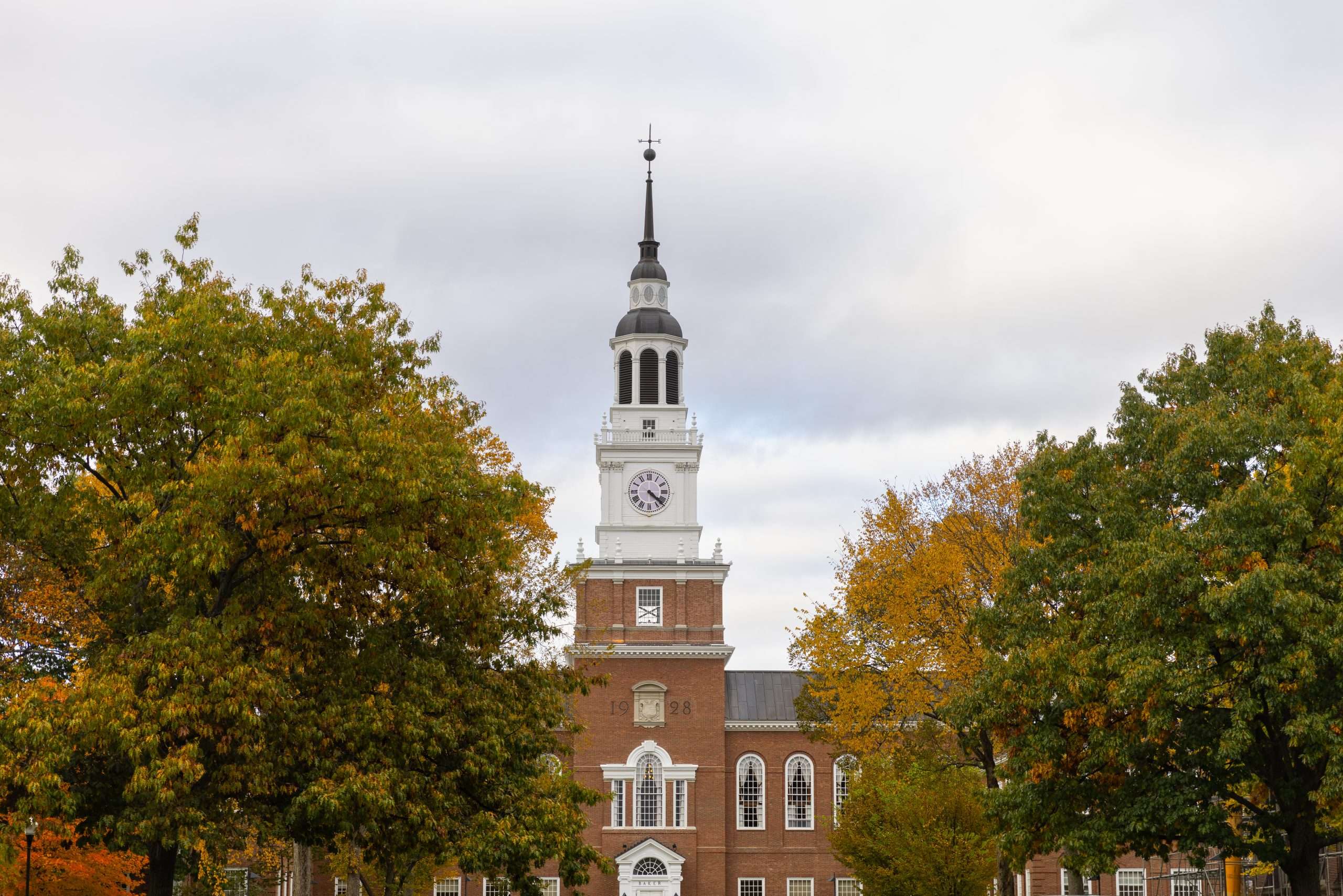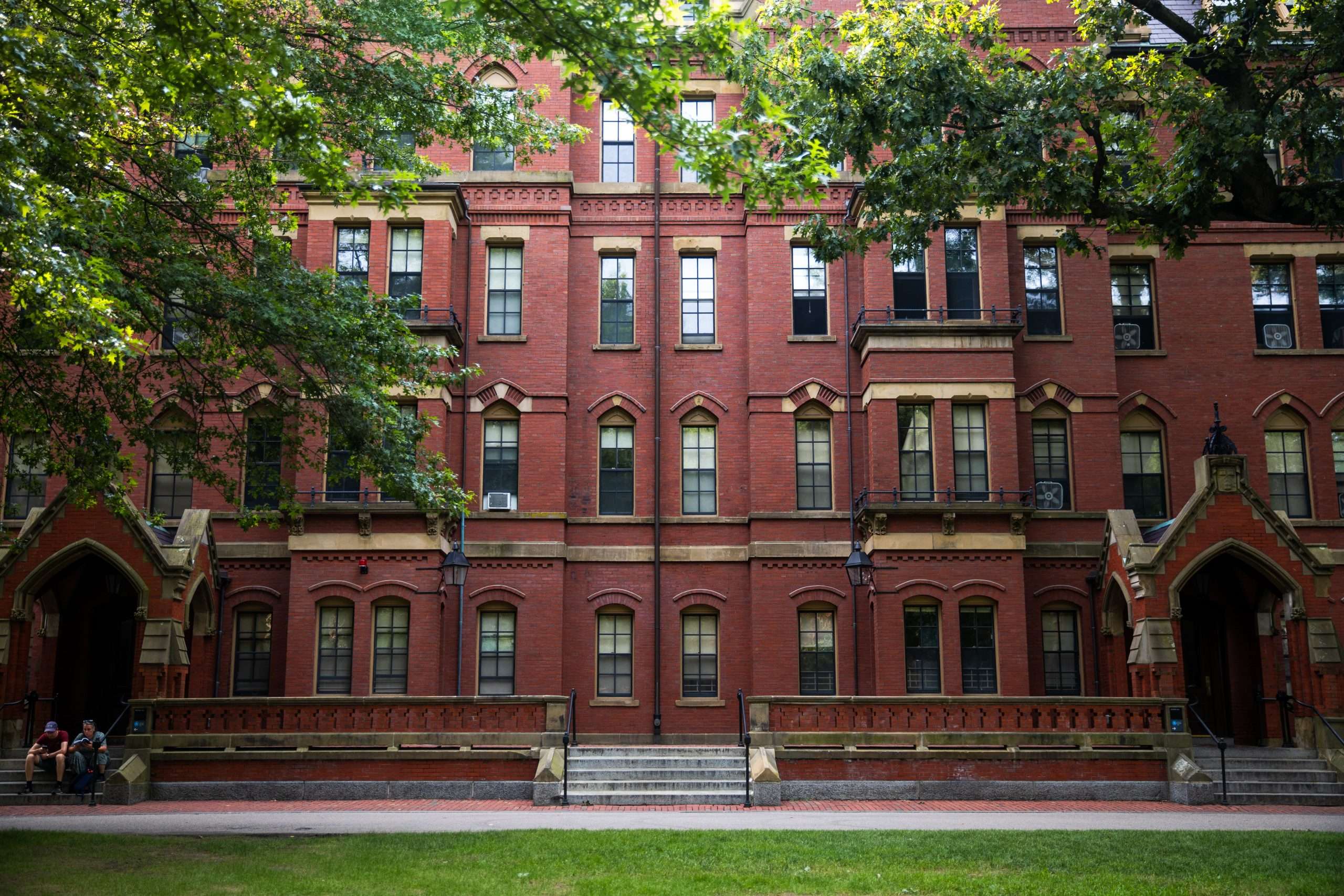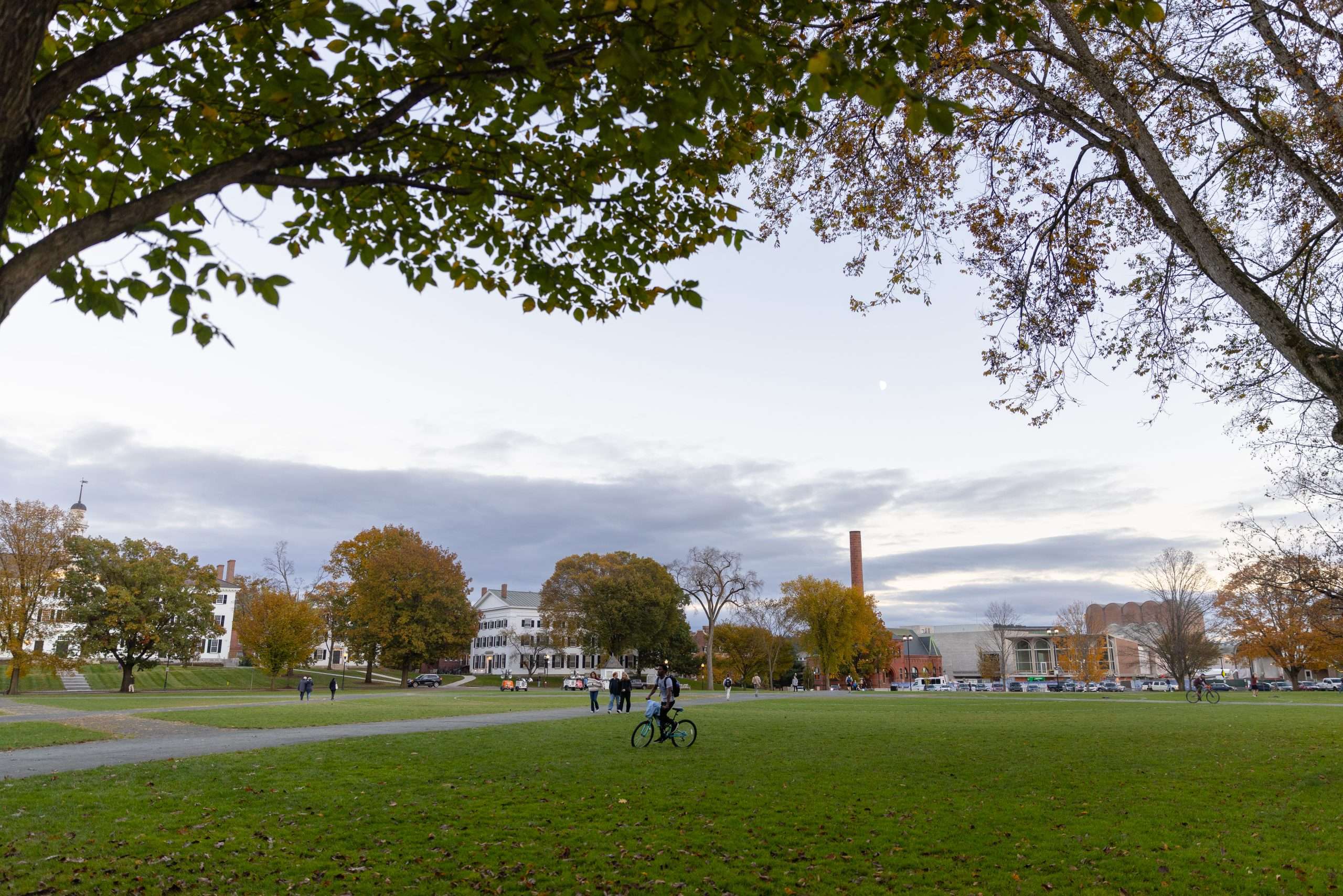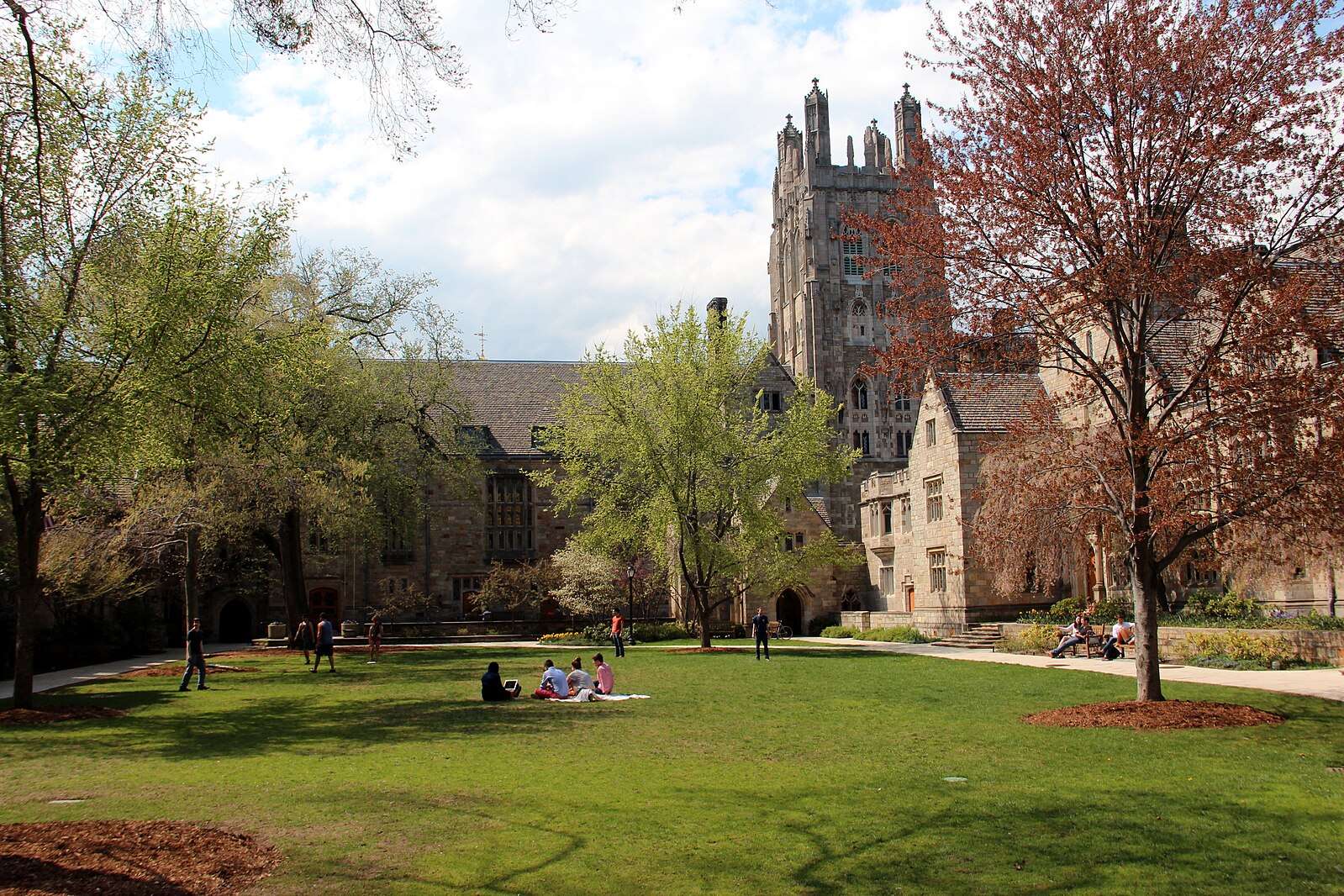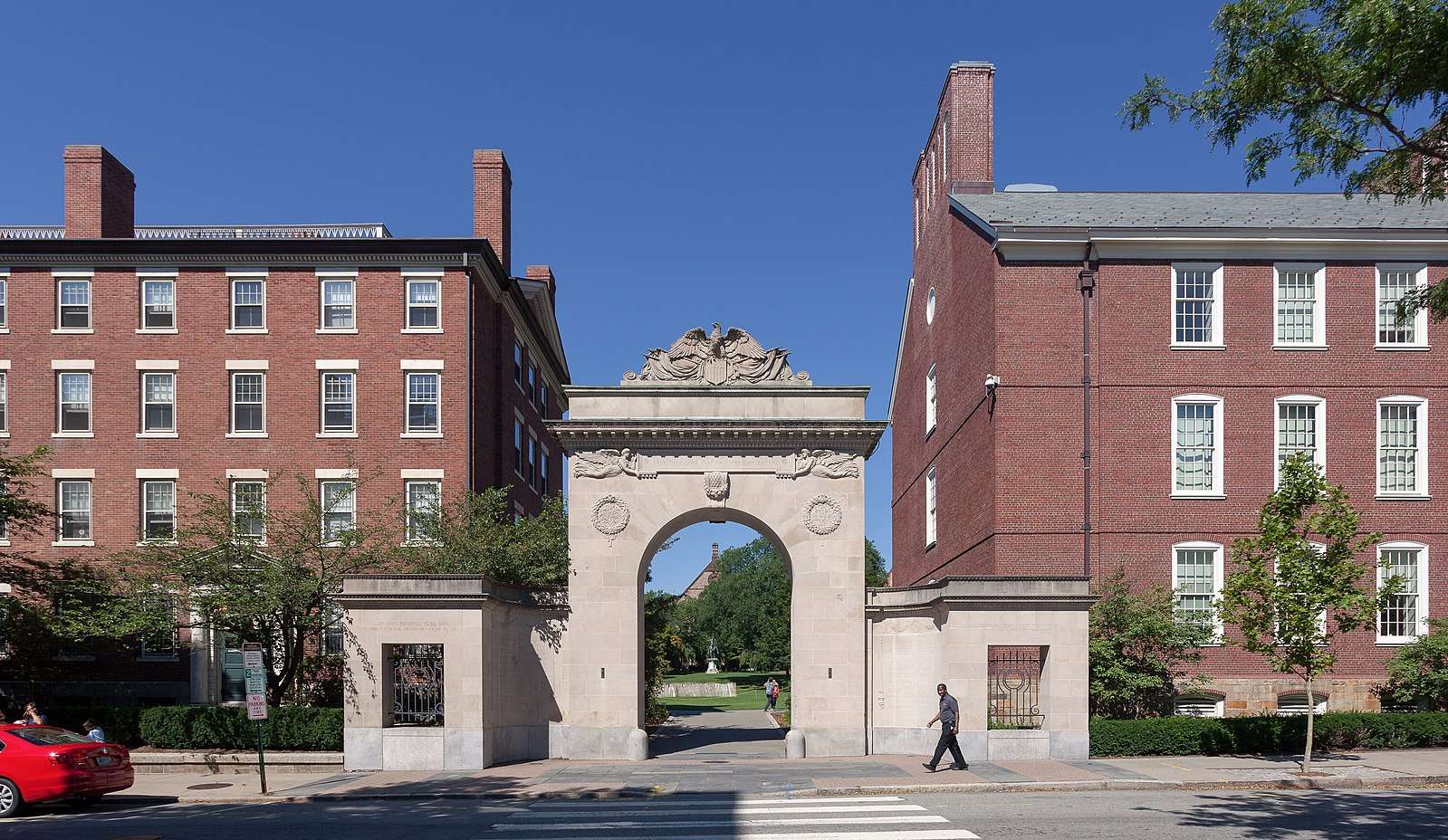The Ivy Coach Daily
What To Do If You’ve Been Deferred by Columbia
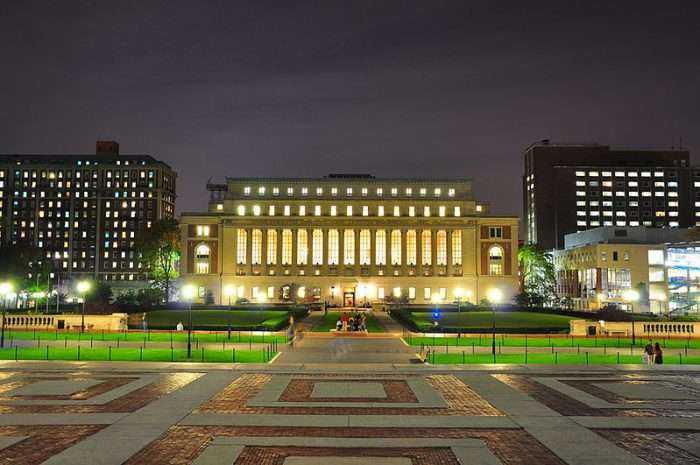
Did Columbia University defer your admission in the Early Decision round to the Class of 2029? If so, it’s normal to wonder if you genuinely have a shot of earning admission to the Morningside Heights-based school in the Regular Decision round. It’s also normal to wonder what you should do next to optimize your case for admission — not only to Columbia but to the other schools you’ll be applying to in just a couple of short weeks after learning of your deferral. Well, it’s time to find out answers!
Columbia University Admission Statistics: Historically Withheld
Years before Cornell University began withholding its admissions statistics, Columbia kept its admissions figures close to the vest. But eventually, the data does become available due to its inclusion in the Common Data Set.
Now, in light of Columbia getting caught with its hand in the cookie jar by one of its math professors this past year for misreporting data to US News & World Report for its annual college ranking, you might wonder if the Early Decision acceptance rate the Ivy League school has historically released to the Common Data Set is accurate. But the accuracy of Columbia’s Early Decision acceptance rate through the years was never in question.
Columbia Early Decision Acceptance Rate
While Columbia has yet to release its Early Decision acceptance rates for the Class of 2029 or the Class of 2028, it was likely lower for the Class of 2029 than the Class of 2028 since this year’s 5,872 Early Decision applications marked a drop by 2.28% from the 6,009 students who made binding commitments to the Class of 2028. And why the drop? Because Columbia’s administration despicably stood idly by as an antisemitic mob set up an encampment in the center of the university’s campus.
For the Class of 2028, the 6,009 students who applied Early Decision to Columbia, marking the third-largest ED pool in the school’s history and eclipsing the pool of 5,738 applicants to the Class of 2027. The cause of the dip for the Class of 2027? It was likely fallout from Columbia’s US News & World Report reporting scandal.
Before news of the scandal broke, for the Early Decision pool of Columbia’s Class of 2026, 10.31% of ED applicants got in, slightly higher than the record-low 10.1% of students who earned ED admission to Columbia’s Class of 2025.
Have a look at Columbia’s Early Decision acceptance rate over the last two decades:
| Admissions Cycle | Columbia Graduating Class | Columbia’s Early Decision Admission Rate |
| 2024-2025 | Class of 2029 | Not Yet Published |
| 2023-2024 | Class of 2028 | Not Yet Published |
| 2022-2023 | Class of 2027 | 14.65% |
| 2021-2022 | Class of 2026 | 10.31% |
| 2020-2021 | Class of 2025 | 10.1% |
| 2019-2020 | Class of 2024 | 15.1% |
| 2018-2019 | Class of 2023 | 14.6% |
| 2017-2018 | Class of 2022 | 15.9% |
| 2016-2017 | Class of 2021 | 15.9% |
| 2015-2016 | Class of 2020 | 17.6% |
| 2014-2015 | Class of 2019 | 18.7% |
| 2013-2014 | Class of 2018 | 19.7% |
| 2012-2013 | Class of 2017 | 19.2% |
| 2011-2012 | Class of 2016 | 20.4% |
| 2010-2011 | Class of 2015 | 19.5% |
| 2009-2010 | Class of 2014 | 21.2% |
| 2008-2009 | Class of 2013 | 22.5% |
| 2007-2008 | Class of 2012 | 23.1% |
| 2006-2007 | Class of 2011 | 24.5% |
| 2005-2006 | Class of 2010 | 25.6% |
| 2004-2005 | Class of 2009 | 26.4% |
| 2003-2004 | Class of 2008 | 28.9% |
| 2002-2003 | Class of 2007 | 31.7% |
Columbia Early Decision Deferral Rate
Historically, Columbia has not released the percentage of students the school defers in the Early Decision round, instead only releasing the ED acceptance rate to the Common Data Set. With the ED acceptance rate, it’s possible to glean the percentage of students who don’t get in, but it’s not possible to distinguish the deferrals from the denials.
You’ll note that any data point you find online about the percentage of students deferred by Columbia doesn’t trace to data releases by Columbia itself. That said, our sources within Columbia’s admissions office have asserted that Columbia defers more students than they accept: two deferred students for every denied student. So if around 10% are admitted, 60% would be deferred and 30% denied.
Columbia Early Decision Denial Rate
With the above caveat that Columbia does not release the data on the percentage of deferred as opposed to denied Early Decision applicants, Ivy Coach’s longtime sources in Columbia’s admissions office have asserted that the school denies about one student for every two applicants it defers. It’s estimated that the ED denial rate is thus around 30%.
5 Steps to Take After Being Deferred by Columbia University
- Complete a PostMortem application review to understand what went wrong and what needs to change, so students don’t make the same mistakes in the Regular Decision round that they made in the Early Decision round at Columbia.
- Write a powerful Letter of Continued Interest to Columbia to express your continued desire to attend — and submit it swiftly after your deferral. Let them envision you on their campus contributing to the school’s community. Make sure it’s brimming with specifics that only apply to Columbia. If you write sentences that also apply to New York University, they should be stricken from the record (e.g., sitting on the steps of The Met, visiting the top of the Empire State Building, etc.).
- Focus on your Regular Decision applications once you finish the Letter of Continued Interest to Columbia. Use the weeks between learning of your Columbia deferral and Regular Decision deadlines to fix mistakes that you made in the ED round.
- Bring your Letter of Continued Interest to your school counselor in the New Year, asking the counselor to place an advocacy call to Columbia’s regional admissions rep on your behalf. With the letter, the school counselor will be better able to present you as you wish to be positioned. Your counselor can also mention any meaningful updates to your application since early November (at Ivy Coach, we don’t like students including updates in their Letters of Continued Interest since it risks making them less likable).
- Distract yourself. Read a book. Write poetry. Knit. Swim. Do whatever you need to do but don’t continue to reach out to Columbia’s admissions office. You had your chance to speak through your Letter of Continued Interest. Any further contact with Columbia’s admissions committee will only risk drowning out the power of your letter.
5 Common Mistakes to Avoid After Being Deferred by Columbia
- They don’t think to go through their Common Application and Columbia supplement to understand what may have gone wrong so they can correct mistakes to their Common App. and other college supplements for Regular Decision.
- They visit Columbia’s admissions office, asking to meet with an admissions officer to discuss their candidacy. Columbia’s admissions officers don’t want to meet with deferred students.
- They wage a seemingly endless campaign to Columbia’s admissions committee, hoping to sway them. The only contact deferred Columbia applicants should make with admissions post-deferral is the submission of a powerful Letter of Continued Interest. It’s not about writing them daily or weekly. It’s neither necessary nor beneficial for students to be gadflies.
- They send an additional recommendation letter from a celebrity or an extracurricular advisor. Columbia has already received two teacher letters of recommendation and a school counselor recommendation. Suppose students are going to submit an additional letter of recommendation. In that case, they should make sure it’s from someone Columbia would want to hear from — like a teacher of a core subject (English, history, math, science, or foreign language). They don’t want to hear from a politician or actress. It won’t impress them.
- They do nothing, making no contact with Columbia post-deferral. They don’t submit a Letter of Continued Interest. They don’t ask their school counselor to place an advocacy call to Columbia on their behalf. When Columbia doesn’t hear from them, the school will likely assume the student has sour grapes over the deferral.
Chances of Admission After Columbia Deferral
Like most highly selective universities, Columbia has historically admitted around 10% of deferred applicants.
Chances of Admission After Columbia Deferral with Ivy Coach
Over the last five years, approximately 50% of students who first come to Ivy Coach after receiving notice of a deferral from Columbia have earned admission.
Columbia Deferral FAQ
Is a Columbia deferral meaningful?
While it would certainly be more meaningful to have earned admission, about a third of applicants are typically denied admission outright in the Early Decision round. So, yes, a Columbia deferral is meaningful when put in context.
What is an advocacy call, and can it help my case for admission to Columbia?
An advocacy call is a phone call, typically placed by the student’s high school counselor, to the regional representative on Columbia’s admissions team. While some school counselors won’t place advocacy calls — frequently citing issues of equity — we at Ivy Coach believe it is a school counselor’s job to advocate for their students after a deferral.
How to Get Started with Ivy Coach After Columbia Deferral
If Columbia deferred you and you’re hoping to optimize your case for Regular Decision admission, fill out Ivy Coach’s complimentary consultation form so we can be in touch to outline our PostMortem and Letter of Continued Interest service.
You are permitted to use www.ivycoach.com (including the content of the Blog) for your personal, non-commercial use only. You must not copy, download, print, or otherwise distribute the content on our site without the prior written consent of Ivy Coach, Inc.
TOWARD THE CONQUEST OF ADMISSION
If you’re interested in Ivy Coach’s college counseling, fill out our complimentary consultation form and we’ll be in touch.
Get Started